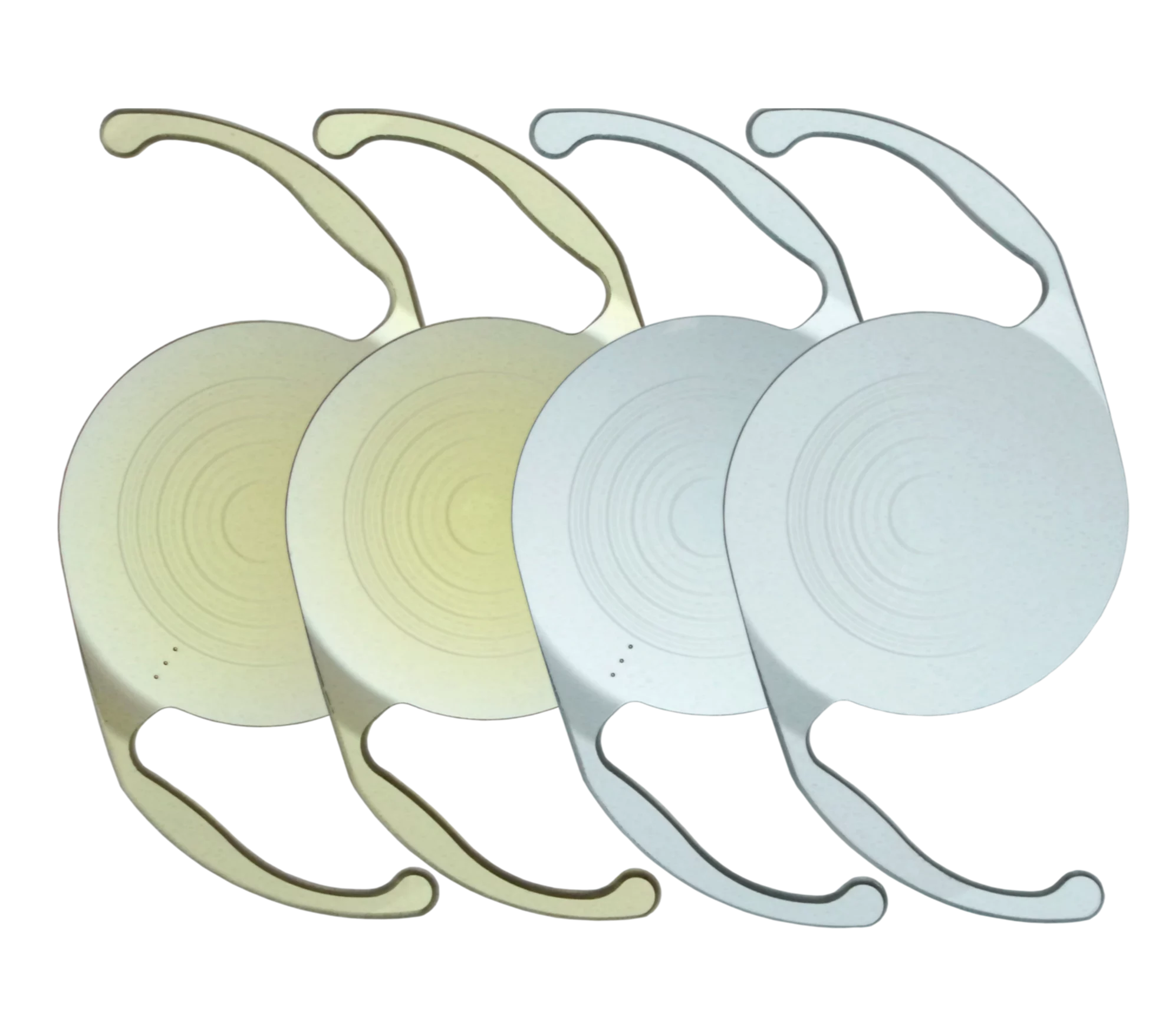Modern refractive surgery today offers several effective solutions for correcting high myopia and presbyopia.
Two techniques occupy a central place: phakic implants and multifocal implants.
Phake implants: an alternative to laser surgery for high myopia
Phakic implants, such as ICL and IPCL, are specially designed intraocular lenses for correcting high myopia, particularly when laser surgery is no longer an option (usually from –10 diopters onwards).
With this technique, the natural lens is preserved: the artificial lens is placed in the eye without removing any tissue.
ICL (Implantable Collamer Lens)
- Commonly used implant lens, placed behind the iris
- Very high optical quality and fully reversible
- No change in the cornea
- An intraocular procedure that requires regular follow-up
IPCL (Implantable Posterior Chamber Lens)
- A newer type of implant lens, often made of acrylic or silicone
- Good long-term stability
- Reduced risk of induced astigmatism
- Same type of surgical approach as with the ICL
Both techniques are extremely suitable for patients for whom laser treatment is not possible.
Multifocal implant lenses: a complete solution for presbyopia
For the treatment of presbyopia, multifocal implants currently provide the best results.
The procedure is identical to cataract surgery: the natural lens is removed and replaced with a high-quality multifocal artificial lens.
A major advantage is that the patient will never need cataract surgery in the future, since the aging lens has already been replaced.
Each implant lens is carefully calculated based on the eye’s optical and anatomical characteristics.
Premium multifocal implants can simultaneously correct multiple vision defects:
- myopia
- hyperopia
- astigmatism
- presbyopia
The result is clear near and distance vision without glasses, making lens replacement a fully-fledged refractive procedure.
Safety and patient information
As with cataract surgery, there are risks inherent to intraocular surgery.
Rare side effects, such as halos in low light or reduced contrast sensitivity, may occur but are not systematic.
During the preoperative eligibility assessment, the most suitable technique for each patient is determined.
